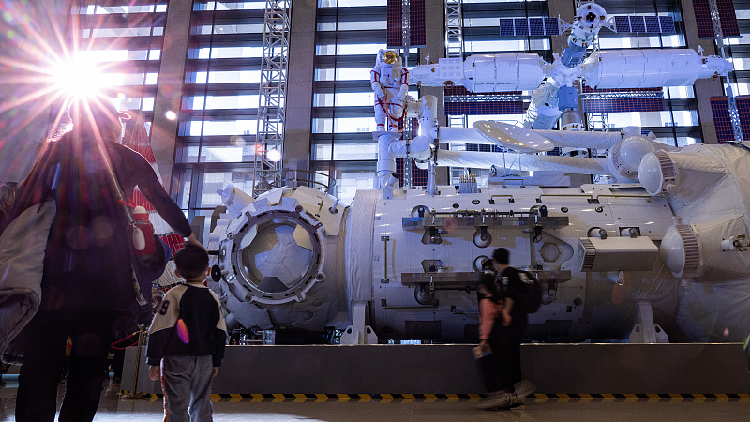The new module, which will function as a node cabin, will have multiple docking ports like the core module Tianhe, allowing the space station to accommodate more spaceships, according to the CMSA.
The agency added that China plans to extend the in-orbit operation of its space station by implementing updates and upgrades.
The exhibition also showcased China's development of a new-generation reusable near-Earth crewed spacecraft with the capacity to carry four to seven astronauts into space and bring back over 700 kilogram of payloads to Earth. The country's existing spaceship can launch three astronauts into space and bring back 50 kilogram of payloads.
The space station will shift its priority from technological breakthroughs in the building stage to the performance of space applications. A slew of experiments is currently underway or poised to begin, in the space station. Some of them are aimed at figuring out how to resist microbes that may damage spacecraft metals, produce oxygen from algae in space, and convert heat energy into electricity.
...


I'm interested in the banking on the Long March 10 instead of the planned super-heavy Long March 9. It makes sense, in that it'd be more practical for LEO operations and possibly speed up the development of a lunar mission, but it does seem like a bit of a retreat on that front.